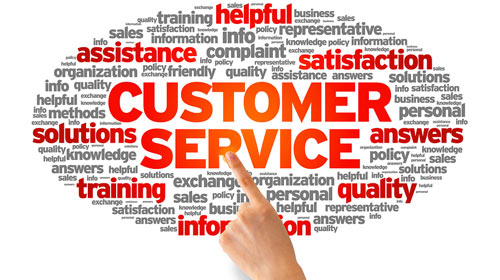
Why do bikes stay stable when you ride them (and fall down when you stop)?
A tiny reason is the gyroscopic stability of the wheels, but the real reason is the forward momentum of the rider. And we learn the first day we’re on the bike that forward motion is essential or we’re in trouble.
In our fast-moving world, it’s easy to get hooked on personal velocity. What’s in your inbox? Did someone follow you in the last ten seconds? Where’s the beep and the beep and the beep from your last post?
Perhaps we talk faster, interrupt, talk over, invent, dissect, criticize and then move on to the next thing. Boom, boom, boom.
Don’t want to fall off the bike.
But life isn’t a bike. It works fine if we take a moment and leave space for the person next to us to speak.
Are you going fast without getting anywhere?

We can get hooked on systems that want us to get hooked, on platforms that use our effort as their product, our emotions as fodder for their next milestone.
Doing something new simply because we’re worried that the old thing we were doing a minute ago isn’t fast enough is a waste. The crowd might enjoy it, but in the long run, it diminishes our contributions and our joy.
I could just as easily write about the person who is stuck, sitting in the back of the room, the corner of the Zoom, looking for deniability and a place to hide. That person with no velocity has ceased to contribute and might be in as much pain as the person who’s doing nothing but maintaining high personal velocity.
Somewhere in between the two, as in most things, is the place we’d like to be.
Seth Godin








